$10,000 camera kit challenge… What would YOU buy?
With a $10K / £10K budget to build a camera kit from scratch, here's the gear that James Artaius would buy…
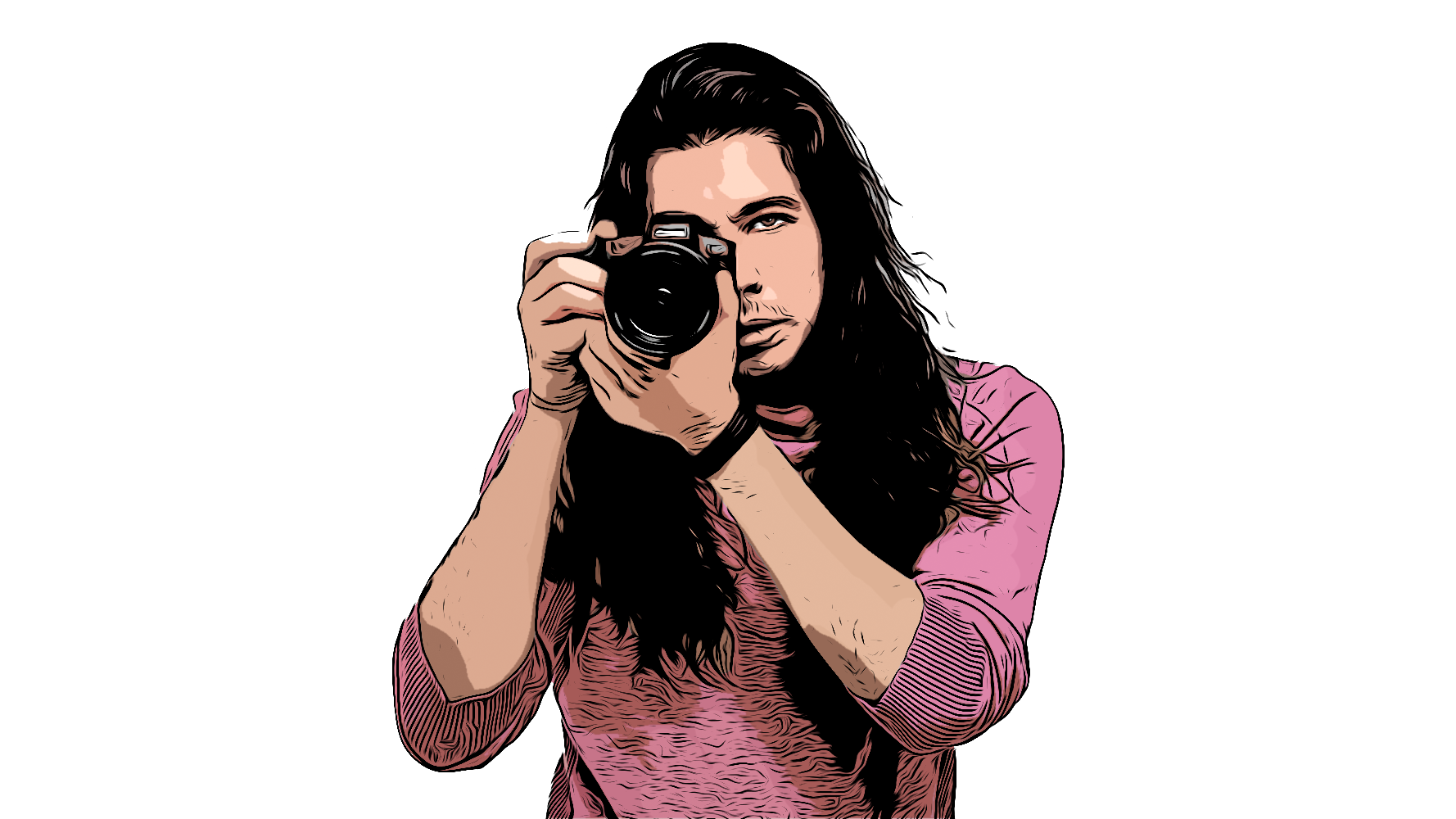
A $10,000 camera kit budget – sounds like a dream, doesn't it? Well, when I did my last insurance filing, I seem to have about double that sat on the various shelves in my camera room! Over the years I've acquired a lot of kit… but if I had to start all over again tomorrow, what would I actually buy?
That's the challenge that the DCW staff has set itself: if we had to build a camera kit right now, starting from scratch, what would we spend our money on? You can see how the rest of the team would spend $500, $1,000, $2,000 and $5,000, but I drew the long straw with a whopping $10K budget. So what am I going to buy?
My first ever camera was a Canon AE-1 35mm SLR, and my main kit consists of both Micro Four Thirds gear (including the Olympus OM-D E-M5 Mark III and a few other bodies) and a full-frame system (the Canon EOS R). Over the years I'm lucky enough to have played with some fantastic film cameras, I've shot professionally with mirrorless cameras, and as the editor of DCW I use and review everything from the best DSLRs to the best medium format cameras.
That being the case, if I had ten grand to build a whole new kit with, here's what I would invest in – while abiding by the two rules of the challenge:
1) No going over budget (allowing 10% for local price variations)
2) No used or hard-to-get kit (everything has to be easily available today)
(Personal note – When kitting yourself out, I believe you should divide your budget in this order of priority: glass, body, education and lighting. That being the case, I truly believe that the third most valuable thing you can spend your money on is learning how to use your kit properly, so check out the best online photography courses.)
1. Fujifilm GFX 50R
Why you can trust Digital Camera World
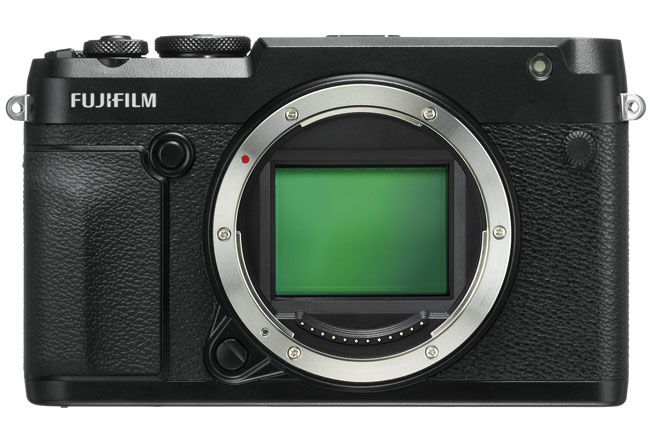
With a budget like this, I could have picked almost any camera – or, indeed, a whole bunch of cameras. Were I a videographer, for example, I might buy three or four Panasonic GH5Ses for multi-angle coverage on shoots. And I personally love the Fujifilm GFX 100 so much that I'd happily spend my entire $10,000 on it and just make a pinhole lens out of a body cap! Still, to build a complete system, I'm opting for the GFX 50R – a wonderful 50MP camera that gives me pristine image quality, and the beautiful medium format depth of field that's ideal for my portraiture.
2. Fujinon GF 110mm F2 R LM WR
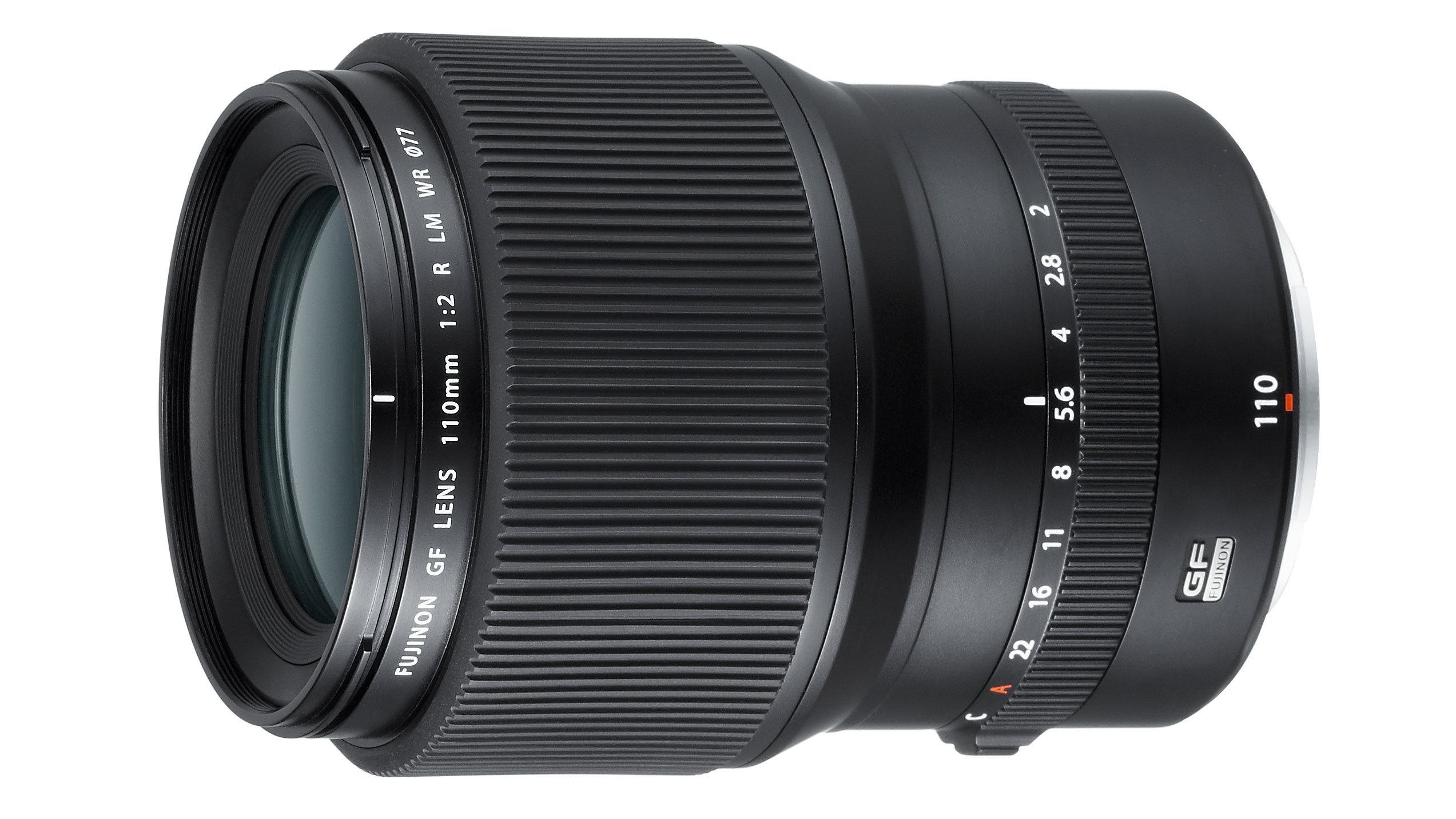
Speaking of portraiture, that accounts for 95% of my work (as attested by my 10 best photos ever), which is why my first bit of glass would be the Fujinon GF 110mm F2 R LM WR. With a 35mm equivalent angle of view of 86.9mm, and an equivalent f/1.58 depth of field, it's a pristine portrait lens – and one that I absolutely love using. I did consider the Fujinon GF 120mm F4 R LM OIS WR Macro, as it's a portrait lens that would double for macro work, but ultimately the extra stop for low light performance and shallower depth of field is more important for what I shoot.
3. Fujifilm GF 63mm F2.8 R WR
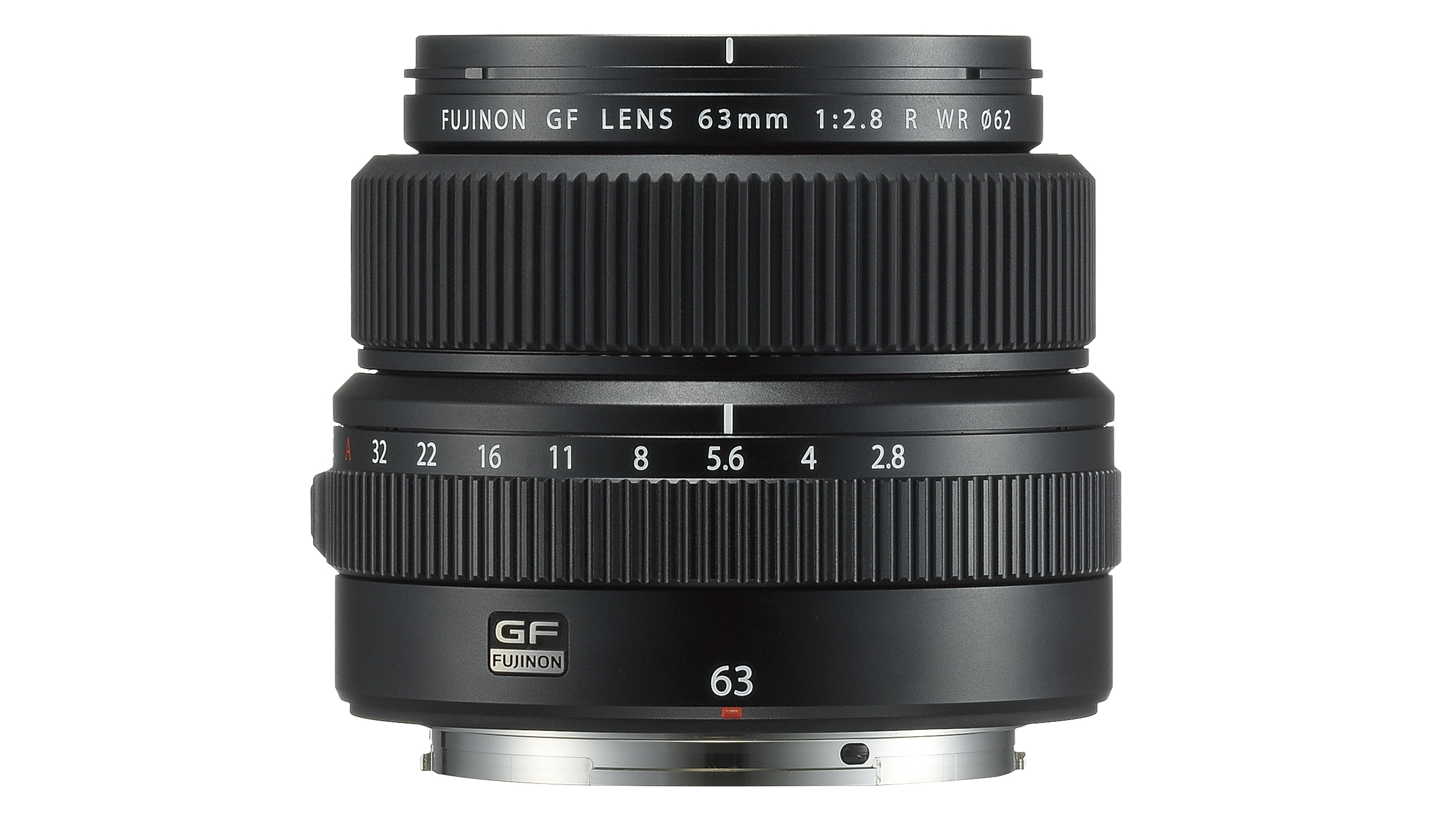
Every camera needs a nifty fifty, and the Fujifilm GF 63mm F2.8 R WR (with a 49.77mm angle of view in full-frame terms) is pretty dang nifty. Between the f/2.21 equivalent depth of field and the larger medium format sensor, it enables you to achieve sensational subject separation and background blur – ideal for the three-quarter portraits and general purpose shooting that I like using 50mms for.
4. Fujifilm GF 45mm F2.8 R WR
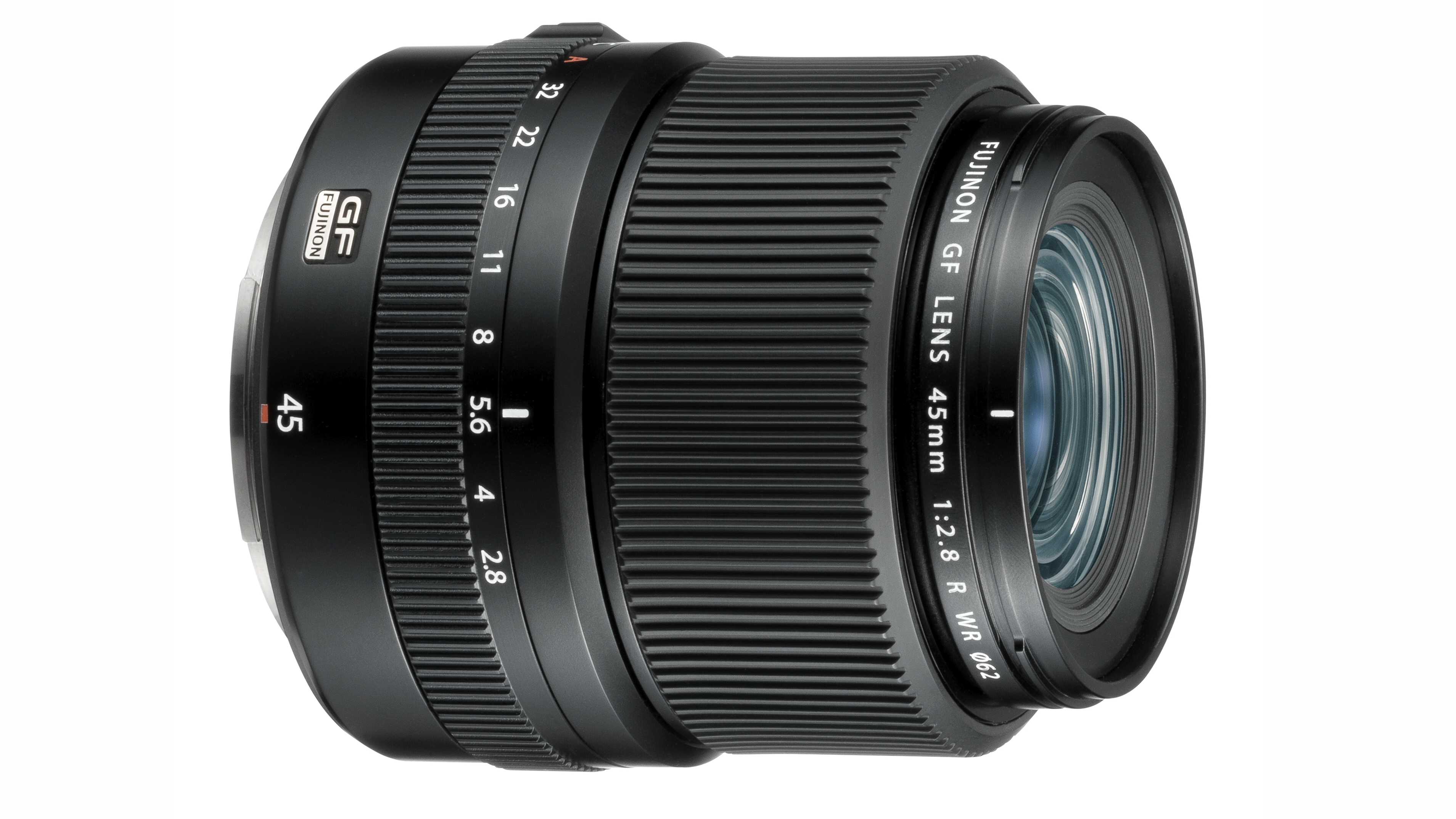
I don't like zoom lenses – I don't like the bulk, the optical compromise or the laziness they instill. I've always been a prime lens photographer, and there are three focal lengths I want in any camera bag I carry: 90mm, 50mm and 35mm. Hence, my third and final lens is the Fujifilm GF 45mm F2.8 R WR – which has a 35.55mm angle of view in 35mm terms. This is the glass I grab for environmental portraiture, street photography, travel shooting and full-length portraits – it's one of the best lenses on the Fujifilm GF lens roadmap.
5. Yongnuo YN-560 IV
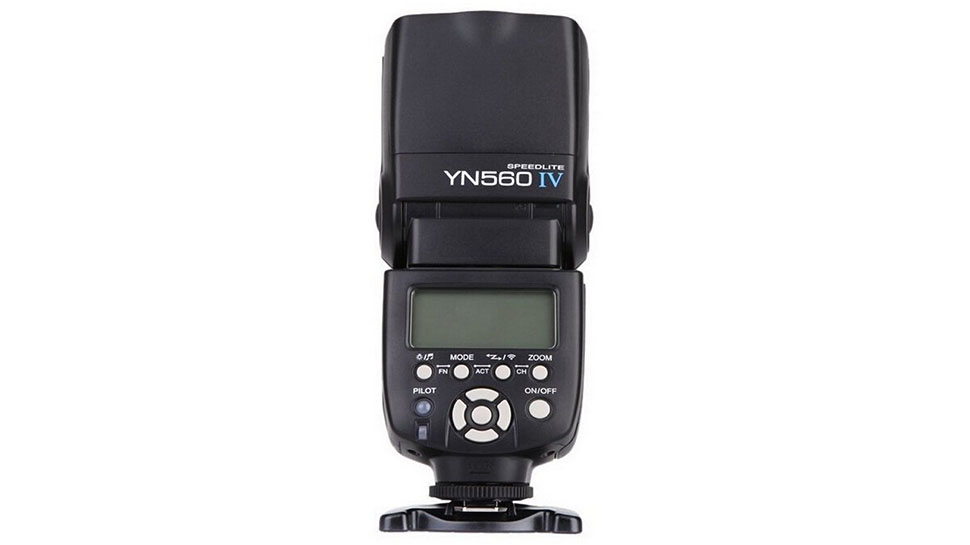
Some might accuse me of putting plastic hubcaps on a Rolls Royce, but here's the dirty truth that most manufacturers want you to know: cheap and cheerful strobes, like this one from Yongnuo, are every bit as good as branded flashguns that cost hundreds of bucks. I used to host photography workshops when I worked for a professional trainer, and the fact is that you can achieve results with a $70 flash and a cheap umbrella that are on par with professional studio lighting, if you have the education and knowledge. Where you really want to spend your money is on modifiers… (You'll also need flash triggers, which I've accounted for in my budget.)
6. Magmod Professional Flash Kit
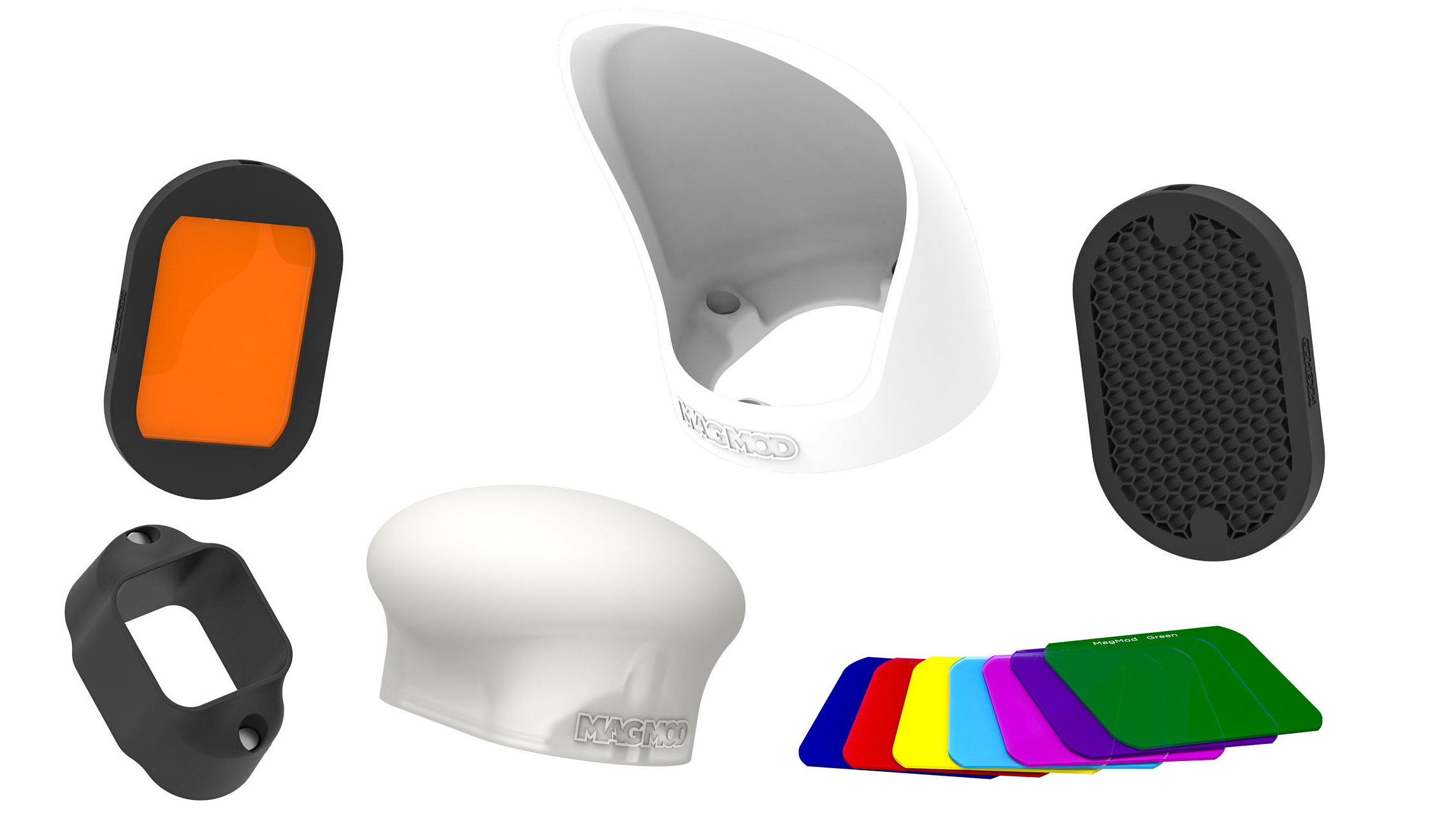
With my remaining budget, I can't afford the kind of softboxes and modifiers that I want. However, this Magmod kit is amazingly versatile and delivers very good results that will cover you for plenty of eventualities, from working on location to shooting events and weddings and even a fair amount of studio work. The magnetic mounting system is quick, easy and modular, and the whole kit is very robust. Whether you want a honeycomb to focus the light, a dome to diffuse it in 360 degrees or a brilliantly attachment to bounce it, this set is absolutely ideal.
7. Lowepro Freeline BP 350
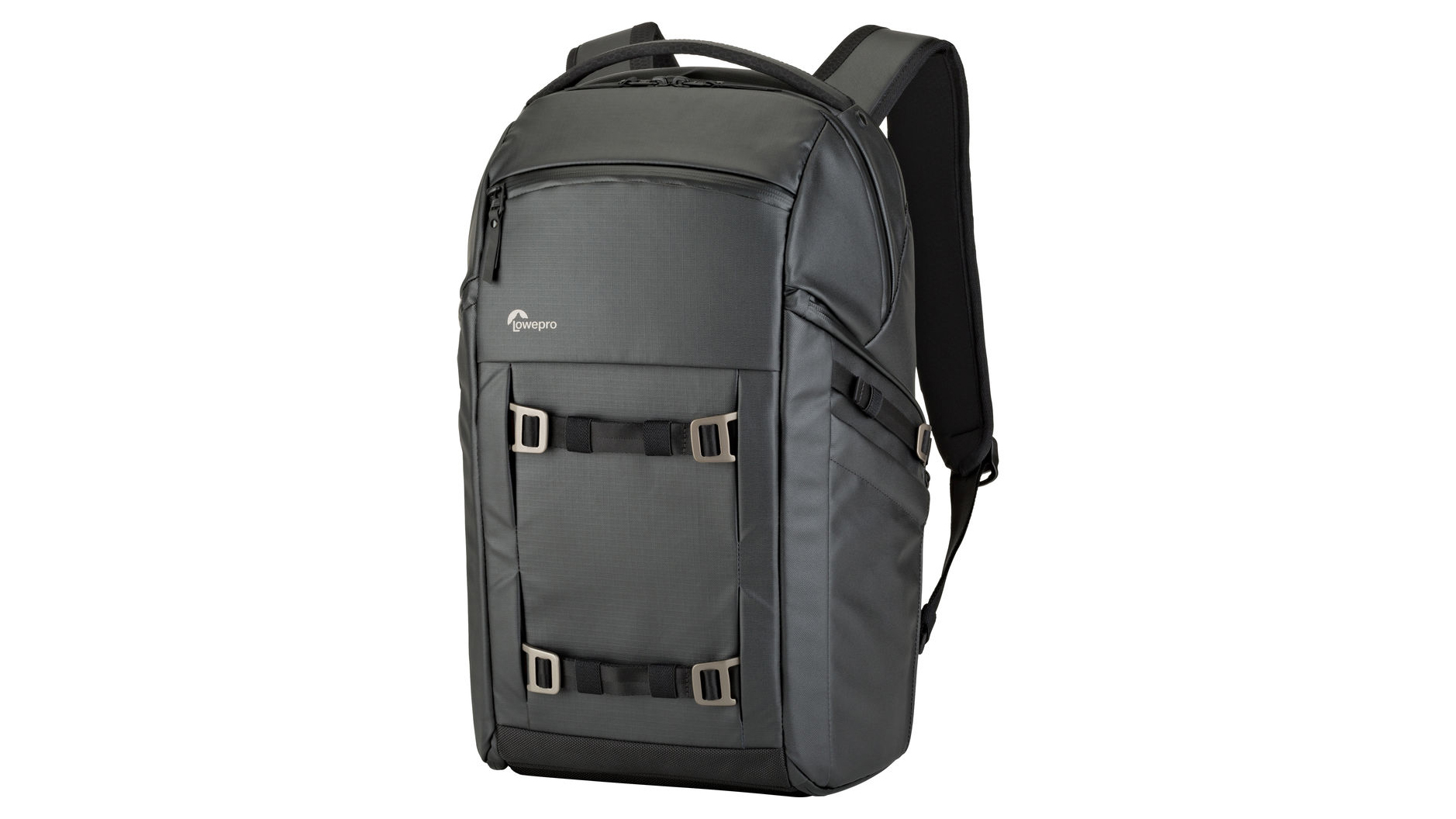
Camera bags are, perhaps, the hardest part of your kit to pick! If you're anything like me, you'll have tried dozens of bags over the years – and most of them just aren't quite right in one way or another. Ultimately, the best camera bag is the one that's right for you – and I've been happily using the Lowepro Freeline BP 350 for a couple of years. It's rain resistant, so you never have to worry about the weather (or having to put your bag inside another bag, which I've never understood!). It's configurable with three internal shelves, a removable equipment compartment, and plenty of zipper compartments. It's perfect for when I need to lug a lot of kit.
8. Sirui NT-1005X/E-10
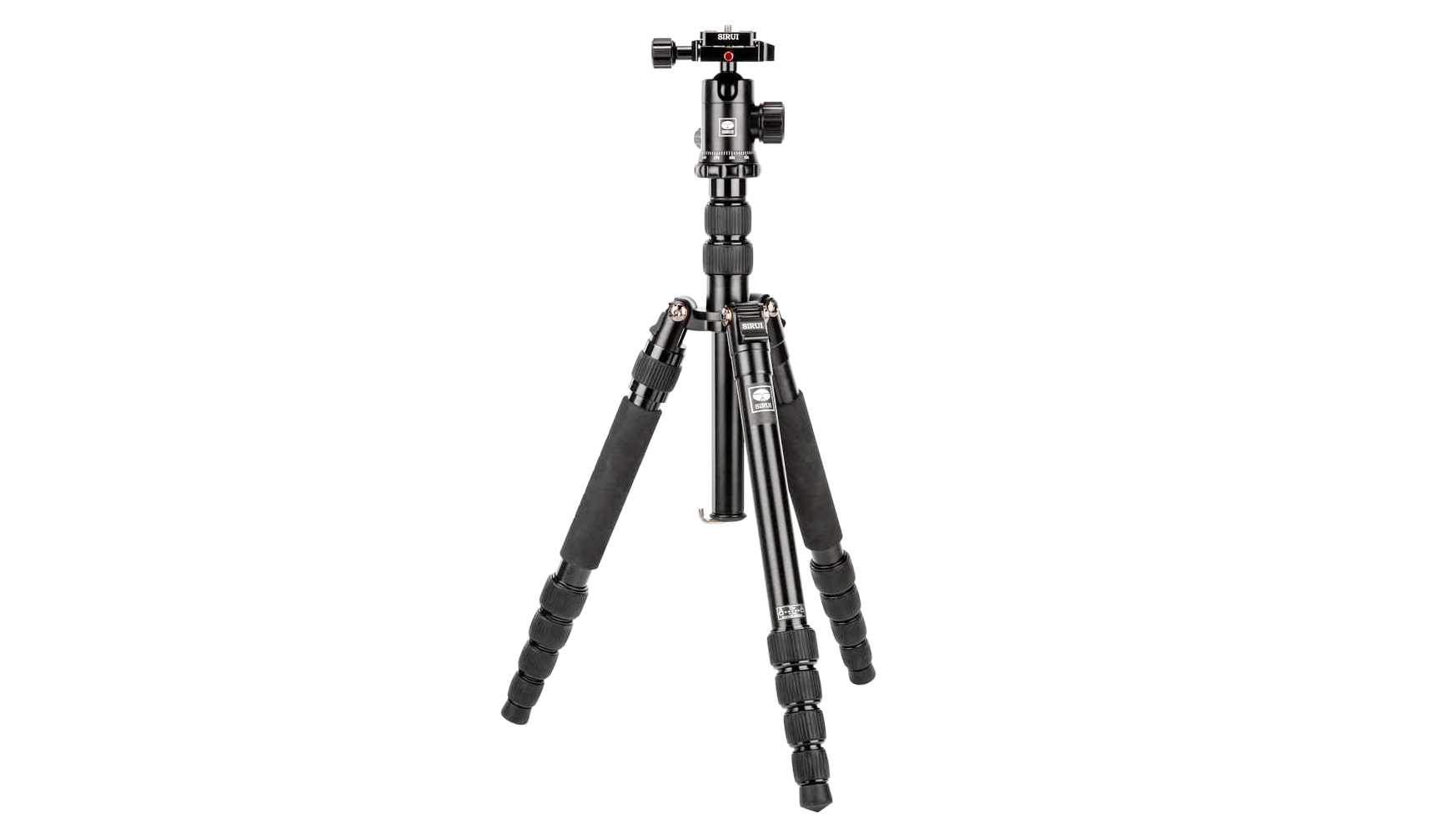
I don't do a huge amount of tripod work, but every photographer should have one –especially since medium format is ideal for still life and product photography. The Sirui NT-1005X with the E-10 ball head is one of the best tripods you can get, and it's incredibly compact so that it never feels like a burden to bring along. It's aluminum rather than carbon fiber, and the 150cm maximum height might not be enough for some – but that's all the elevation I need in the small size that I want.
9. SanDisk Extreme PRO SDXC UHS-I
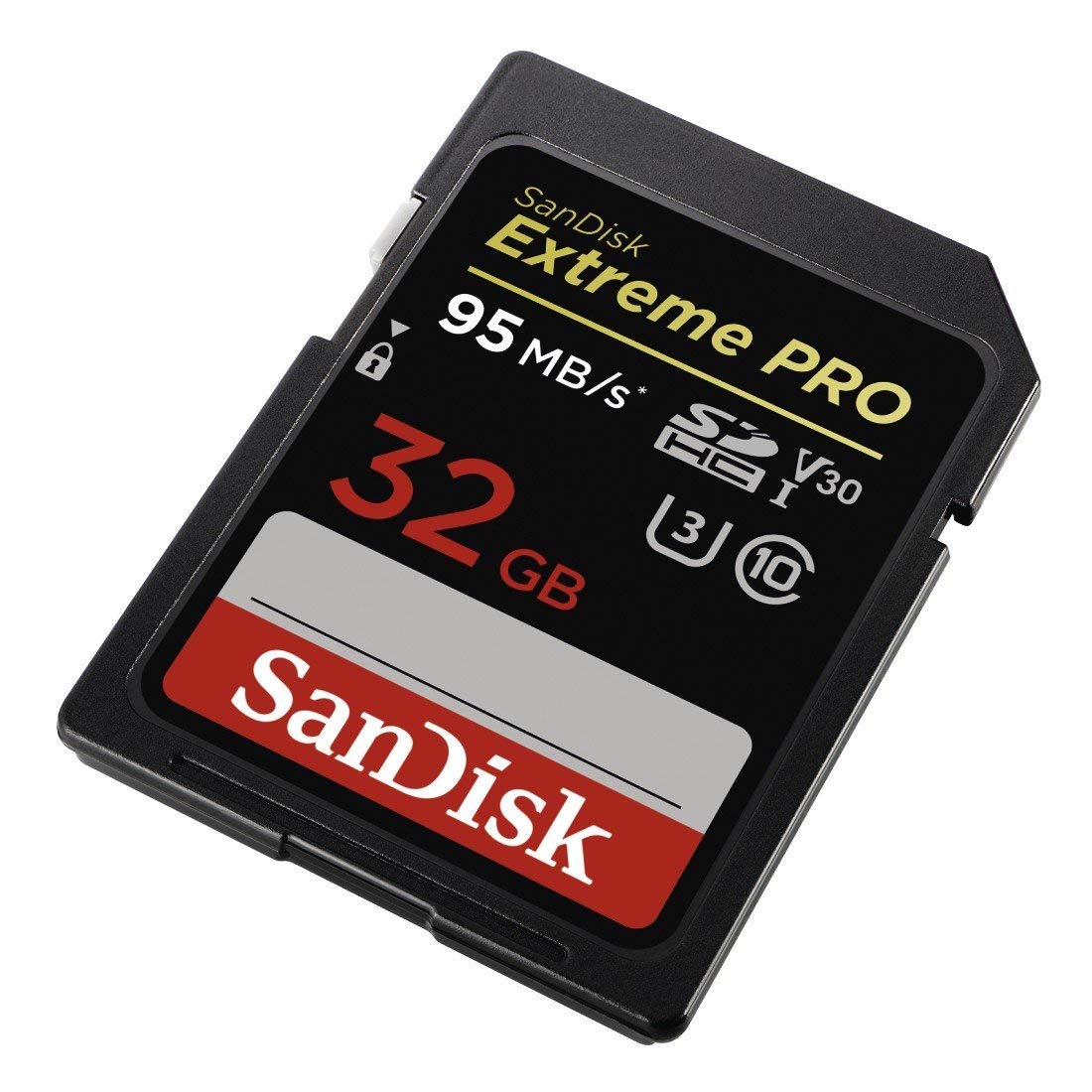
Don't forget the memory card! You can't shoot without one, but photographers often get so caught up in bodies, bags and glass that they forget about cards. So, why not a bigger faster card, with super fast read / write speeds? On the former point, when I apprenticed, I was taught to shoot on the smallest cards possible. By treating memory cards more like film, you don't shoot as if you have an unlimited number of shots, so you're more considered in what you shoot (rather than just machine -gunning images). And with regard to speed, you don't use a medium format camera for sports or rapid-fire photography (and the GFX 50R doesn't shoot 4K), so UHS-I is just fine.
But what would YOU buy?
There we have it. I’ve spent every penny of my hypothetical $10,000 / £10,000 budget – and I've walked away with a pretty formidable still camera system, with all the lenses I could ask for. And my colleagues didn't have nearly as easy a ride, so check out how they spent their much more frugal budgets below!
Others in this series:
$5,000 camera kit challenge… What would YOU buy?
$2,000 camera kit challenge… What would YOU buy?
$1,000 camera kit challenge… What would YOU buy?
$500 camera kit challenge… What would YOU buy?
Get the Digital Camera World Newsletter
The best camera deals, reviews, product advice, and unmissable photography news, direct to your inbox!

James has 22 years experience as a journalist, serving as editor of Digital Camera World for 6 of them. He started working in the photography industry in 2014, product testing and shooting ad campaigns for Olympus, as well as clients like Aston Martin Racing, Elinchrom and L'Oréal. An Olympus / OM System, Canon and Hasselblad shooter, he has a wealth of knowledge on cameras of all makes – and he loves instant cameras, too.
